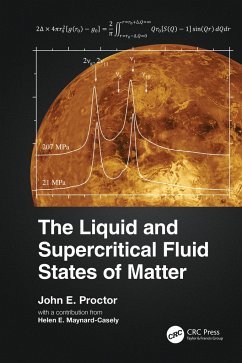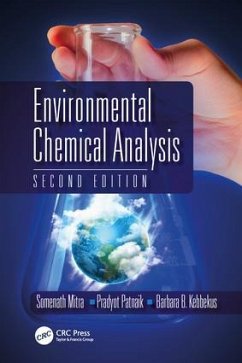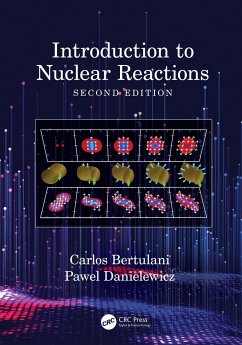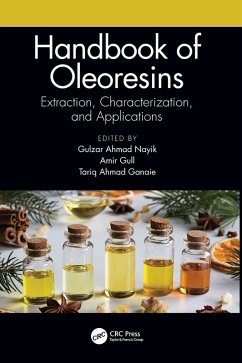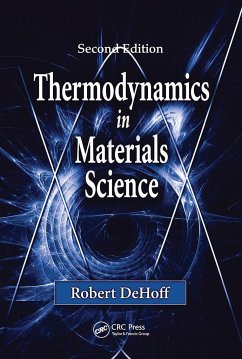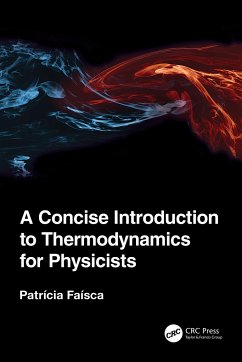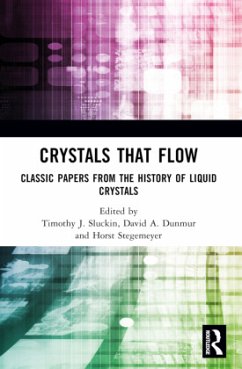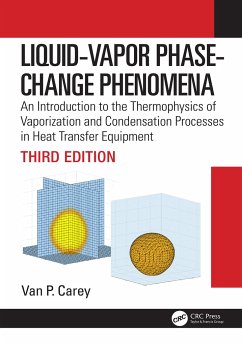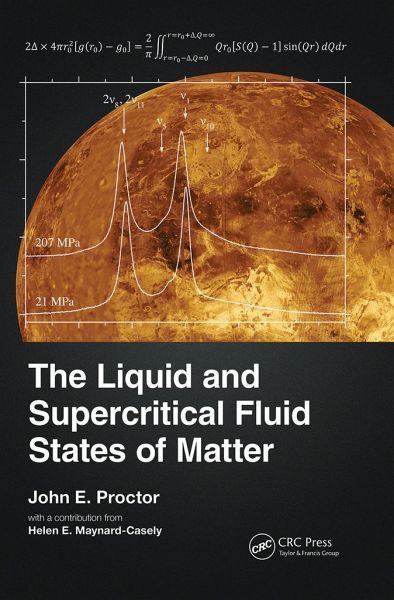
The Liquid and Supercritical Fluid States of Matter
Versandkostenfrei!
Versandfertig in 6-10 Tagen
51,99 €
inkl. MwSt.

PAYBACK Punkte
26 °P sammeln!
This book addresses graduate students and researchers wishing to better understand the liquid and supercritical fluid states of matter, presenting a single cohesive treatment of the liquid and supercritical fluid states using the gas-like and solid-like approaches. Bringing this information together into one comprehensive text, this book outlines how our understanding of the liquid and supercritical fluid states is applied and explores the use of supercritical fluids in daily life and in research, for example in power generation, and their existence in planetary interiors.Presents a single coh...
This book addresses graduate students and researchers wishing to better understand the liquid and supercritical fluid states of matter, presenting a single cohesive treatment of the liquid and supercritical fluid states using the gas-like and solid-like approaches. Bringing this information together into one comprehensive text, this book outlines how our understanding of the liquid and supercritical fluid states is applied and explores the use of supercritical fluids in daily life and in research, for example in power generation, and their existence in planetary interiors.
Presents a single coherent treatment of the key knowledge about the liquid and supercritical fluid states
Provides comprehensive survey of key fluid properties from the latest experiments and applies our theoretical knowledge to understand the behaviour of these real fluids
Explores the consequences of recent advances in the field on our understanding in industry, nature, and in interdisciplinary research, including planetary science
Presents a single coherent treatment of the key knowledge about the liquid and supercritical fluid states
Provides comprehensive survey of key fluid properties from the latest experiments and applies our theoretical knowledge to understand the behaviour of these real fluids
Explores the consequences of recent advances in the field on our understanding in industry, nature, and in interdisciplinary research, including planetary science





